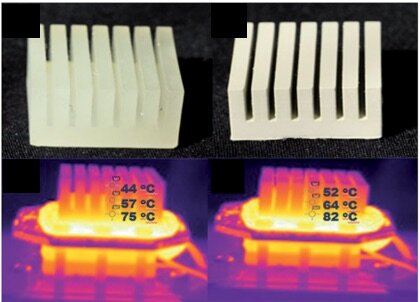#Unequal neutron-star mergers create unique ‘bang’ in simulations
“#Unequal neutron-star mergers create unique ‘bang’ in simulations”
To understand the phenomenon of unequal neutron stars colliding, and to predict signatures of such collisions that astronomers could look for, the research team ran a series of simulations using Pittsburgh Supercomputing Center’s Bridges platform and the San Diego Supercomputer Center’s Comet platform—both in the National Science Foundation’s XSEDE network of supercomputing centers and computers—and other supercomputers.
The researchers found that as the two simulated neutron stars spiraled in toward each other, the gravity of the larger star tore its partner apart. That meant that the smaller neutron star didn’t hit its more massive companion all at once. The initial dump of the smaller star’s matter turned the larger into a black hole. But the rest of its matter was too far away for the black hole to capture immediately. Instead, the slower rain of matter into the black hole created a flash of electromagnetic radiation.
The research team hopes that the simulated signature they found can help astronomers using a combination of gravitational-wave detectors and conventional telescopes to detect the paired signals that would herald the breakup of a smaller neutron star merging with a larger.
The simulations required an unusual combination of computing speed, massive amounts of memory, and flexibility in moving data between memory and computation. The team used about 500 computing cores, running for weeks at a time, over about 20 separate instances. The many physical quantities that had to be accounted for in each calculation required about 100 times as much memory as a typical astrophysical simulation.
“There is a lot of uncertainty surrounding the properties of neutron stars,” said Radice. “In order to understand them, we have to simulate many possible models to see which ones are compatible with astronomical observations. A single simulation of one model would not tell us much; we need to perform a large number of fairly computationally intensive simulations. We need a combination of high capacity and high capability that only machines like Bridges can offer. This work would not have been possible without access to such national supercomputing resources.”
More information:
Sebastiano Bernuzzi et al. Accretion-induced prompt black hole formation in asymmetric neutron star mergers, dynamical ejecta and kilonova signals, Monthly Notices of the Royal Astronomical Society (2020). DOI: 10.1093/mnras/staa1860
Unequal neutron-star mergers create unique ‘bang’ in simulations (2020, August 3)
retrieved 3 August 2020
from https://phys.org/news/2020-08-unequal-neutron-star-mergers-unique-simulations.html
This document is subject to copyright. Apart from any fair dealing for the purpose of private study or research, no
part may be reproduced without the written permission. The content is provided for information purposes only.
If you want to read more Like this articles, you can visit our Science category.
if you want to watch Movies or Tv Shows go to Dizi.BuradaBiliyorum.Com for forums sites go to Forum.BuradaBiliyorum.Com



